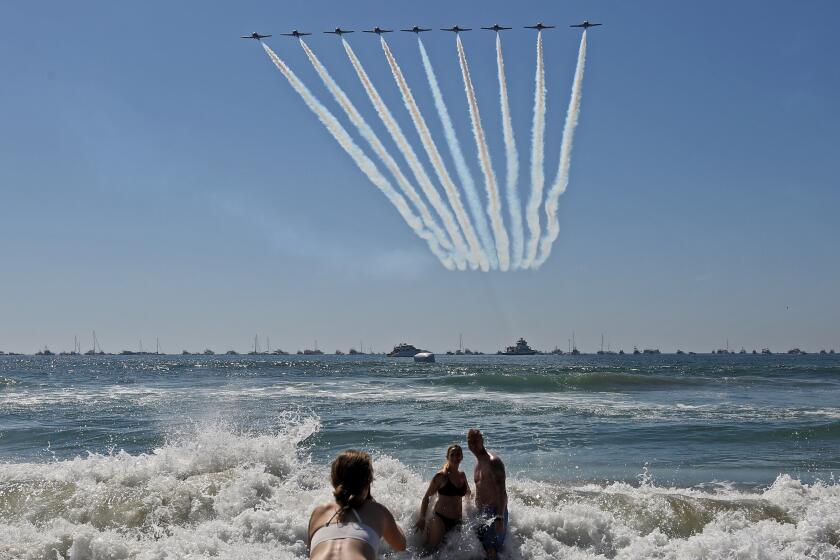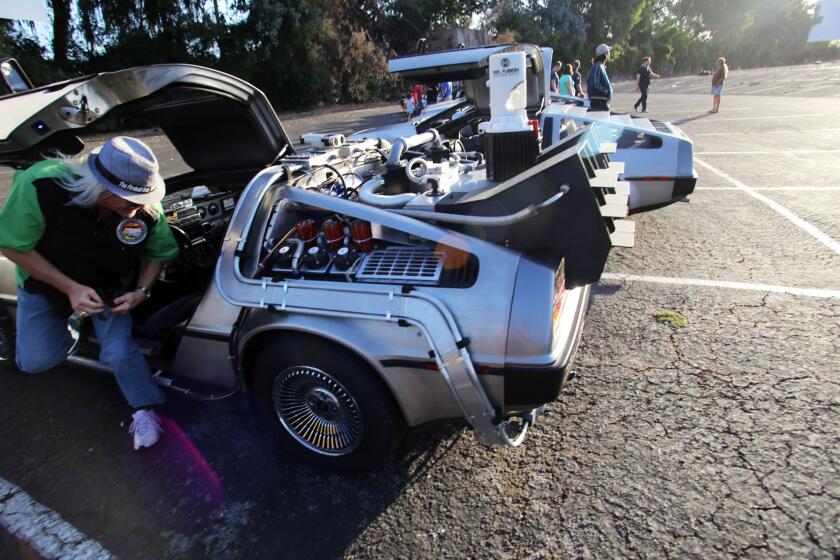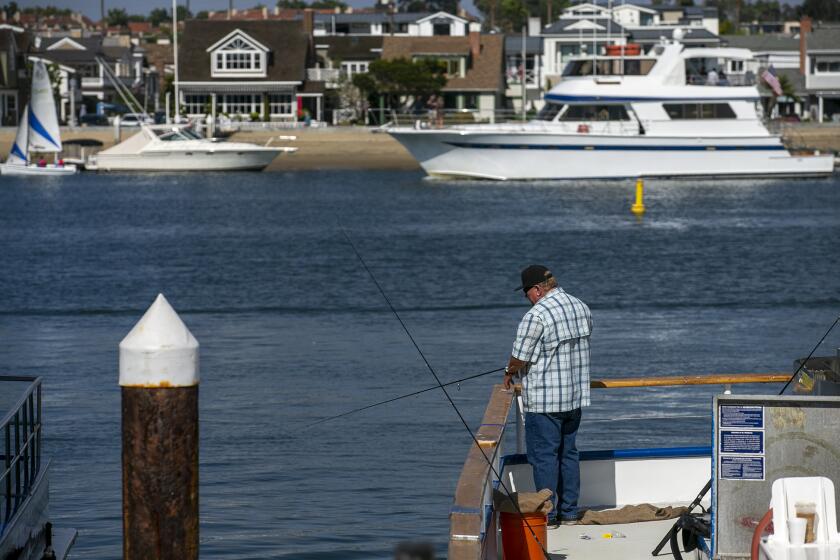From Canyon To Cove: Flooding sets animal facilities afloat
Editor’s Note: This corrects an earlier version.
Some of Laguna Beach’s most cherished institutions — shelter for neglected, abused or abandoned pets and respite for stranded sea mammals — were among those most damaged by the Dec. 22 flooding that inundated Laguna Canyon Road.
Laguna Beach Animal Shelter sustained some $800,000 in damages, according to police estimates.
Ben Plonski, owner of Kaguna Koi Ponds, said he doesn’t know the extent of the damage yet, but he lost much of his prized Japanese fish stock as well as other mainstays of his pond-building business. His business will be closed for at least two to four weeks more while he tries to fix his damaged floors and get back to normal.
Animals are especially vulnerable in a major emergency, as seen by the fact that the only deaths reported from the Dec. 22 deluge were those of a rabbit and two chickens at the Laguna Beach Animal Shelter. Eight cats and an equal number of dogs were successfully evacuated, according to shelter officials.
The nearby Pacific Marine Mammal Center was hit from two sides: the raging Laguna Creek inundated the property, tearing out a whalebone display, washing away three feet of land and pushing the two-room gift shop off its foundation 30 to 40 feet downstream. On the other side of the property, mudslides filled the outdoor pens and pools with dirt and debris, and pushed sheds and fencing around like tinker toys.
The power of the normally placid creek that morning was astonishing. The whalebones, a 22-foot-long span from a blue whale — so heavy they weren’t even bolted down to the stands on which they were placed — were recovered in the creek, said spokeswoman Melissa Sciacca.
As for the marine mammals, I was wondering just how the rescuers were able to handle these large and sometimes ferocious creatures — they are, after all, lions of the sea — in the midst of a crisis, but Sciacca said the operation went smoothly.
Fortunately, there were only three patients in the center: one sea lion and two elephant seals. The marine mammals were rescued from four feet of water that filled the barn after the early morning deluge. Police allowed workers inside the property at 7 a.m., after the water had dissipated.
“The animals were covered in mud, but not swimming in any water at the time,” Sciacca said. “It was not overly difficult to evacuate the animals. With only three to maneuver, they cooperated fairly well and were evacuated as quickly as possible.”
The animals were taken to the Fort MacArthur marine mammal facility in San Pedro, where the elephant seals are reportedly doing well, but the sea lion has since died, for reasons unknown to PMMC officials.
In the midst of the muddy disaster, there is an extra sense of urgency: The center is bracing for its busy season, early spring, when birthing brings a glut of pups in need of assistance, according to longtime employee Kirsten Sedlick.
Last year and the year before, the center saw a huge influx of starving sea mammals as warm El Nino waters drove fish further into the depths, beyond the reach of the animals. The unusual influx started in March, giving the center about two months to get up to that capacity. But this year may be different. Sedlick said the El Niño is gone, which is fortunate for the sea mammals — and the center.
The center’s new executive director, Colleen O’Higgins, who joined the organization just weeks before the flood, said she is trying to come up with ways to foot the bill for an estimated $200,000 to $300,000 in damage to the facility.
The medical equipment was destroyed, an elevator put out of service, the electrical system was ruined by water, and other basic equipment, like a washer and dryer and refrigerator, will have to be replaced.
The center is now in the throes of cleanup and getting ready to take more rescues, but O’Higgins says her agency will also start looking at how to improve the property to protect it from future flood and mud damage.
“We are looking for advice on what we can do,” O’Higgins said. “We don’t want to go through this again.”
But the center is not planning to move away from the canyon, at least not yet.
Just days after the disaster, the Pacific Life Foundation gave the center a surprise $50,000 grant, which will go a long way to help get the rescue facility up and running.
Volunteers did the back-breaking work of removing the mud. Of the 100 or so who offered to volunteer, the center called on 30 to work over Christmas Eve, said Sedlick, who has been involved with the center for 15 years.
Sedlick well remembers two prior major disasters: the 1998 mudslide, which killed a man in the upper canyon, and the 1993 firestorm, which destroyed nearly 300 homes in Laguna. But neither of those disasters matched the damage to the center from the 2010 deluge.
“This is the worst, because this damaged the inside,” Sedlick said.
To find out the latest news on the recovery effort and how you can help, visit https://www.pacificmmc.org.
CINDY FRAZIER is city editor of the Coastline Pilot. She can be contacted at (949) 380-4321 or cindy.frazier@latimes.com.
All the latest on Orange County from Orange County.
Get our free TimesOC newsletter.
You may occasionally receive promotional content from the Daily Pilot.



